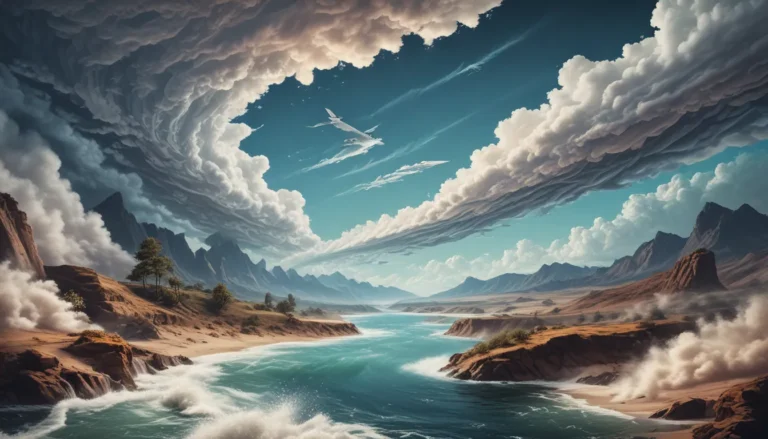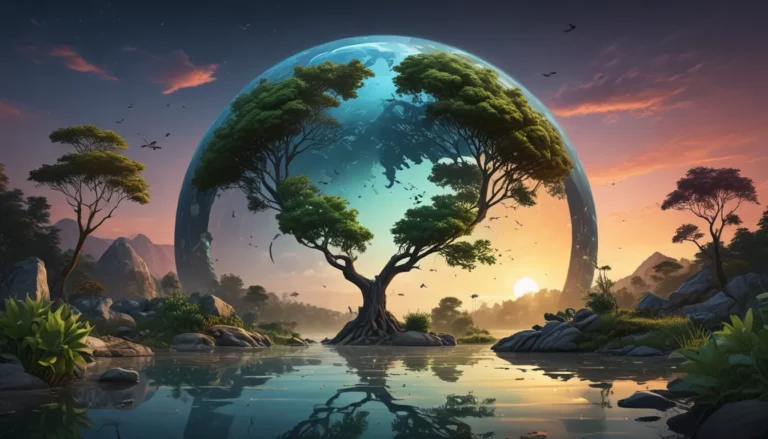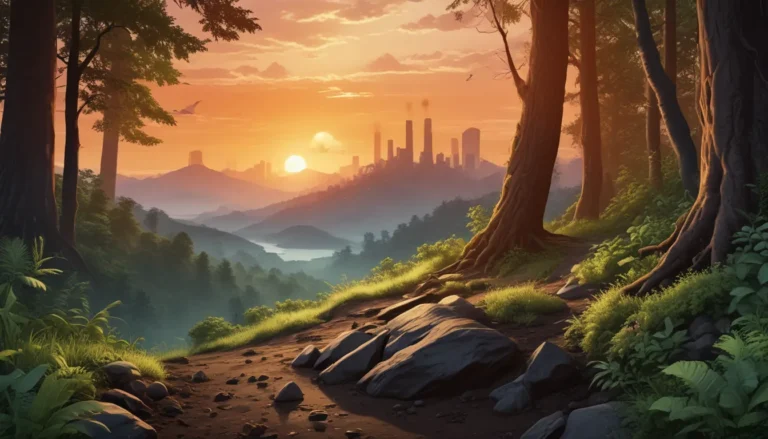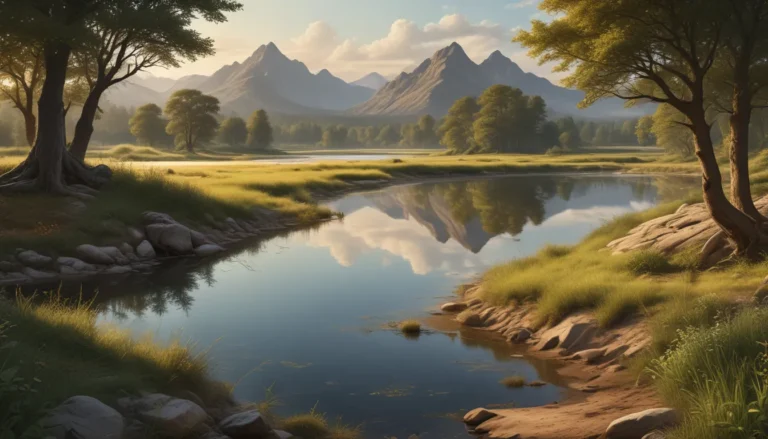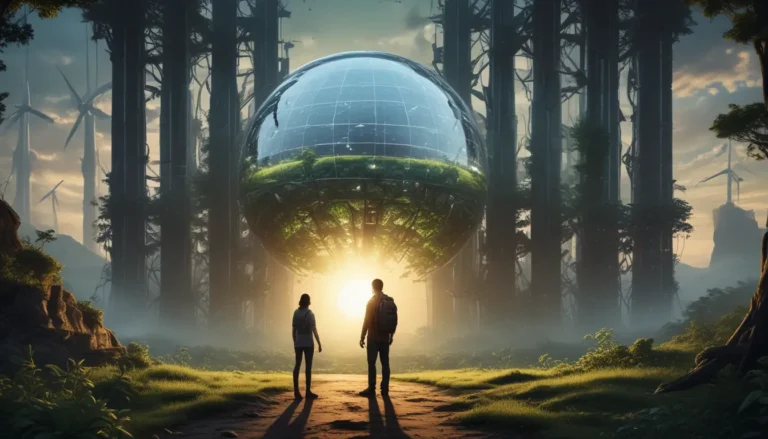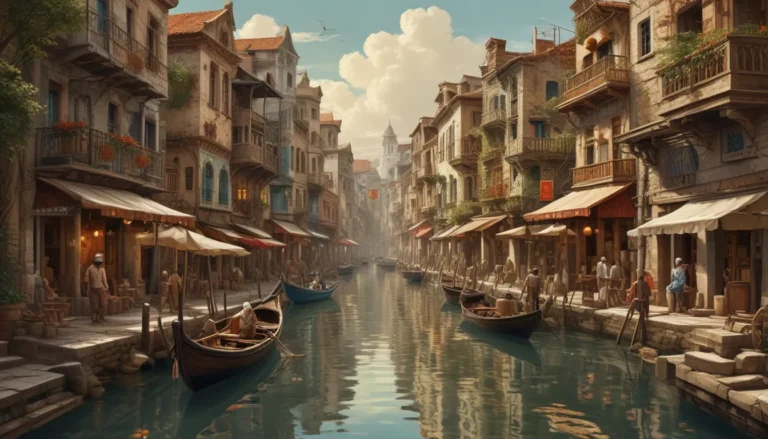A Note About Images: The images used in our articles are for illustration purposes only and may not exactly match the content. They are meant to engage readers, but the text should be relied upon for accurate information.
Welcome to the captivating world of volcanic islands, where nature’s raw power and breathtaking beauty collide. These unique landforms, born from the depths of the ocean, offer a glimpse into Earth’s fiery heart and showcase the incredible forces that shape our planet. In this blog post, we’ll explore nine fascinating facts about volcanic islands that will deepen your appreciation for these geological marvels.
From their dramatic formation to the diverse ecosystems they support, volcanic islands are truly one of nature’s most awe-inspiring creations. Join us as we uncover the secrets of these dynamic landscapes and discover why they continue to captivate scientists, adventurers, and nature enthusiasts alike. Let’s dive into the world of volcanic islands and unravel their mysteries!
1. The Fiery Birth of Volcanic Islands
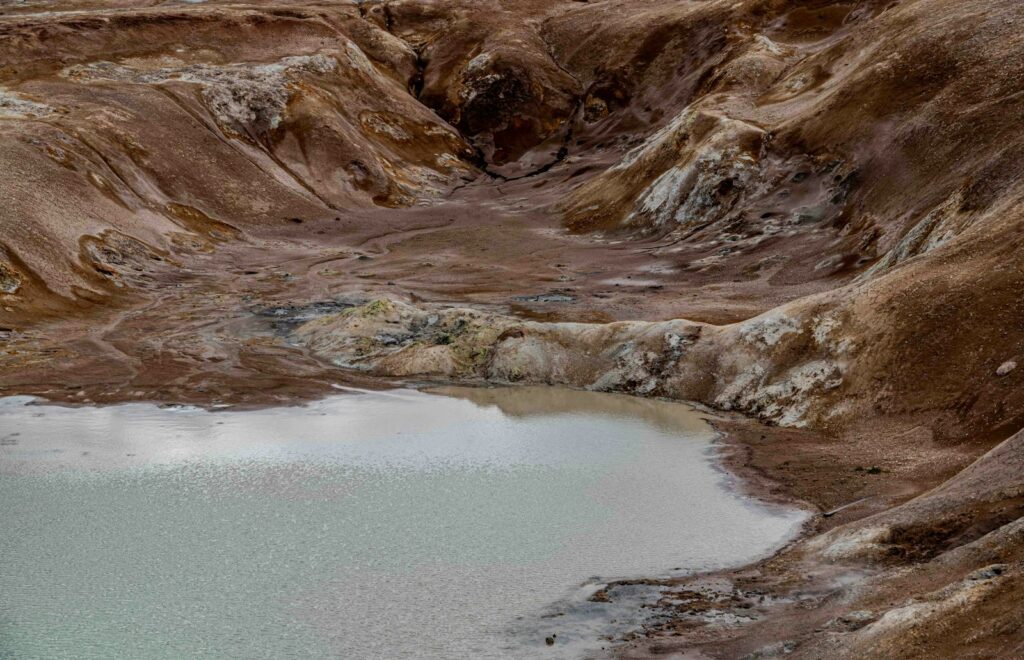
Volcanic islands emerge through a dramatic process that begins deep beneath the ocean’s surface. These islands are formed when underwater volcanoes erupt, spewing magma that cools and solidifies upon contact with the water. Over time, layers of lava and volcanic rock accumulate, gradually building up until they breach the ocean’s surface.
Key points:
Famous examples of volcanic islands include:
2. Biodiversity Hotspots in Isolation
One of the most remarkable aspects of volcanic islands is their role as biodiversity hotspots. These isolated landmasses provide unique environments where plant and animal species can evolve in relative isolation, leading to high levels of endemism – species found nowhere else on Earth.
The Galapagos Islands: A Prime Example The Galapagos Islands perfectly illustrate this phenomenon, boasting an array of unique species such as:
These endemic species have adapted to the specific conditions of their volcanic home, showcasing the power of evolution in isolated environments.
3. The Hidden Dangers of Paradise
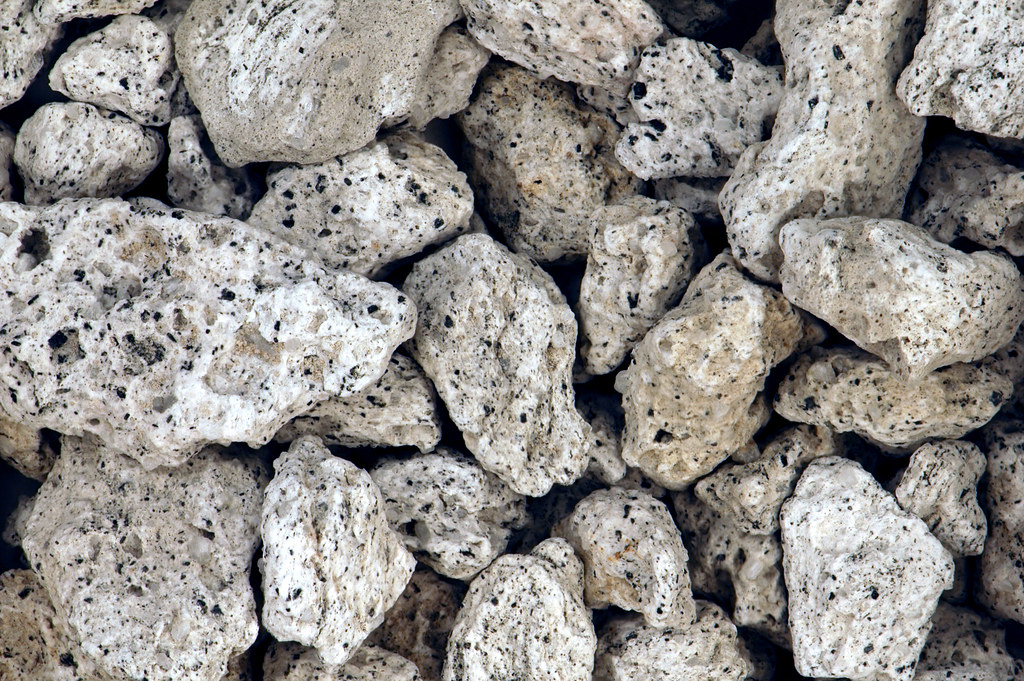
While volcanic islands often appear as idyllic paradises, they harbor potential dangers that residents and visitors must be aware of. The very forces that created these islands can also pose significant risks.
Potential hazards include:
To ensure safety in these dynamic landscapes, it’s crucial to:
4. The Vibrant World of Active Volcanoes
Not all volcanic islands are dormant or extinct – many remain active, providing a window into the Earth’s fiery interior. These active volcanic landscapes keep scientists and residents on high alert, as eruptions can occur with varying degrees of intensity and impact.
Benefits of studying active volcanic islands:
5. Environmental Impact: Nurturing Life Through Fire
The volcanic processes that shape these islands play a vital role in creating and sustaining unique environments. The deposition of lava and ash enriches the soil, leading to fertile grounds that support diverse ecosystems and agriculture.
Examples of volcanic islands’ environmental impact:
This fertility demonstrates how the destructive forces of volcanism can ultimately create conditions that nurture life.
6. Adventure Awaits: Exploring Volcanic Paradises
Volcanic islands offer a wealth of opportunities for adventure and exploration. These dynamic landscapes provide unique experiences that attract tourists and thrill-seekers from around the world.
Popular activities on volcanic islands include:
These experiences allow visitors to connect with the raw power of nature and gain a deeper appreciation for the geological forces that shape our planet.
7. Life on the Edge: Inhabited Volcanic Islands
Despite the inherent risks, many volcanic islands are home to thriving communities. These resilient populations have adapted to life in proximity to volcanic activity, developing strategies to coexist with the dynamic forces of nature.
Ways communities benefit from volcanic landscapes:
The relationship between these communities and their volcanic homes showcases human adaptability and resilience in the face of natural challenges.
8. Geological Laboratories: Unveiling Earth’s Secrets
Volcanic islands serve as living laboratories for geologists and volcanologists, offering invaluable insights into the Earth’s processes. These ever-changing landscapes provide opportunities to study geological phenomena in real-time.
Geological features of interest on volcanic islands:
By studying these dynamic environments, scientists can better understand the forces that shape our planet and predict future geological events.
9. Cultural and Spiritual Significance
Beyond their geological marvels, volcanic islands often hold deep cultural and spiritual significance for the communities that inhabit them. These majestic landscapes have inspired legends, myths, and rituals that have been passed down through generations.
Examples of cultural significance:
This cultural connection adds another layer of richness to the already fascinating world of volcanic islands.
Conclusion: The Enduring Allure of Volcanic Islands
As we’ve explored these nine fascinating facts about volcanic islands, it’s clear that these dynamic landforms offer a unique blend of natural wonder, scientific importance, and cultural richness. From their fiery origins to the diverse ecosystems they support, volcanic islands continue to captivate our imagination and push the boundaries of our understanding of the natural world.
Whether you’re a geology enthusiast, an adventure seeker, or simply someone who appreciates the beauty of nature, volcanic islands have something to offer. They remind us of the powerful forces at work beneath our feet and the incredible resilience of life in even the most challenging environments.
As we continue to study and explore these geological marvels, we can only imagine what new discoveries await us in the world of volcanic islands. So, the next time you have the opportunity to visit one of these extraordinary places, take a moment to appreciate the complex and fascinating history that lies beneath your feet.
FAQs About Volcanic Islands
Q: How long does it take for a volcanic island to form?
A: The formation of a volcanic island can take thousands to millions of years, depending on the frequency and intensity of volcanic activity.
Q: Are all islands volcanic in origin?
A: No, not all islands are volcanic. Some islands are formed by tectonic plate movements, coral reef growth, or the flooding of continental land masses.
Q: Can new volcanic islands still form today?
A: Yes, new volcanic islands can and do form in modern times. For example, the island of Surtsey off the coast of Iceland emerged from the ocean in 1963 due to volcanic activity.
Q: What’s the difference between an active, dormant, and extinct volcano?
A: An active volcano has recently erupted and is likely to erupt again. A dormant volcano hasn’t erupted in a long time but may erupt in the future. An extinct volcano is not expected to erupt again.
Q: Are volcanic islands good for agriculture?
A: Yes, many volcanic islands have rich, fertile soil due to the minerals from volcanic ash and lava, making them excellent for agriculture when properly managed.

